The world beneath our feet holds mysteries that have captivated human imagination for centuries. Cave exploration, or spelunking as it's known among enthusiasts, offers a unique blend of adventure, science, and personal challenge. Unlike surface-level adventures, caving plunges participants into an alien landscape where darkness reigns supreme and nature's artistry unfolds in stunning mineral formations.
Descending into the unknown requires more than just courage. Proper preparation separates thrilling discovery from potential disaster. Seasoned cavers spend months researching cave systems, studying maps, and checking weather patterns since underground floods can transform passages into death traps within minutes. The equipment list reads like a mountaineer's kit with specialized additions - carbide lamps for reliable long-term lighting, vertical gear for rappelling into pits, and waterproof notebooks for documenting findings.
What draws people into these lightless realms varies as much as the caves themselves. For some, it's the thrill of being among the first humans to lay eyes on formations that took millennia to develop. Others pursue scientific discovery - caves serve as time capsules preserving geological records and sometimes even archaeological treasures. The recent discovery of Homo naledi remains in South Africa's Rising Star cave system revolutionized our understanding of human evolution, proving that significant breakthroughs still await beneath the surface.
The sensory experience of caving defies surface-world expectations. Total darkness isn't merely absence of light but a tangible presence that seems to press against the eyes. Sounds behave differently underground - whispers carry across chambers while shouts get swallowed by narrow passages. The constant temperature, often hovering around 55°F (13°C), creates an environment where a light jacket suffices year-round, though humidity levels can range from desert-dry to rainforest-wet within the same cave system.
Modern cave exploration blends cutting-edge technology with old-school techniques. While laser distance measurers and 3D mapping software have replaced tape measures and hand-drawn sketches for survey teams, the fundamental process remains unchanged. Teams move methodically through passages, recording dimensions, taking compass readings, and noting significant features. This painstaking work creates the maps that future generations of cavers will rely upon, sometimes decades after the original explorers have hung up their helmets.
Conservation forms the ethical backbone of responsible caving. The delicate ecosystems found in caves often contain species found nowhere else on Earth - blind fish, translucent insects, and bacteria that could hold keys to medical breakthroughs. Cavers follow strict protocols to minimize impact, from using removable anchor systems to carefully planning routes that avoid fragile formations. The principle of "take nothing but pictures, leave nothing but footprints" gets amplified underground where a single misplaced handprint can damage growths that took centuries to form.
Training for serious cave exploration often begins with joining a local grotto - the term used for caving clubs affiliated with the National Speleological Society in the U.S. or similar organizations worldwide. These groups offer mentorship programs where newcomers learn essential skills like single-rope technique, cave navigation, and emergency procedures. The learning curve proves steep but rewarding, transforming novices into competent cavers over years of practice trips to increasingly challenging systems.
Accidents underground carry consequences far beyond typical outdoor mishaps. A broken ankle that would be inconvenient on a hiking trail becomes life-threatening when it occurs miles from sunlight in passages requiring technical climbing. This reality demands that cavers master self-rescue techniques and travel in teams with redundant skills and equipment. The tight-knit caving community maintains specialized rescue organizations that train for nightmarish scenarios like flooded passages or collapsed tunnels.
The psychological aspects of caving often surprise newcomers. While some experience claustrophobia in tight crawls, others find the womb-like embrace of stone strangely comforting. The complete dependence on artificial light sources creates a unique mental state where the mind fills the darkness with imagined shapes and movements. Veteran cavers develop a sixth sense for reading cave passages, interpreting subtle air currents and water patterns to predict what lies around the next bend.
International caving expeditions push the boundaries of human exploration. Teams spending weeks underground in massive systems like Mammoth Cave or the Voronja-Krubera system face logistical challenges rivaling space missions. Supply caches must be prepositioned, communication systems established, and medical contingencies planned for environments where evacuation might take days. The 2018 discovery of the world's largest cave chamber in China's Miao Room required an expedition involving over eighty cavers and scientists.
Urban cavers explore a different kind of underground - the man-made tunnels beneath cities. From ancient aqueducts to modern utility networks, these spaces offer historical insights but come with additional legal and safety concerns. Unlike natural caves with relatively stable geology, urban underground environments can flood suddenly or contain hazardous materials. The most responsible urban explorers work with historians and preservationists to document these spaces while advocating for their protection.
Climate change's impact on caves presents both concerns and opportunities for researchers. Some caves show visible effects through drying formations or altered ecosystems, while others serve as natural laboratories for studying climate history through mineral deposits. The fragile nature of cave environments makes them early indicators of ecological shifts, giving scientists valuable data about changes that may eventually affect surface ecosystems.
For those who answer caves' siren call, the rewards transcend adrenaline rushes. There's profound satisfaction in moving through landscapes unchanged since the Ice Age, seeing minerals that glow under ultraviolet light, or discovering passages that no human has ever entered. The caving community's tradition of sharing knowledge ensures that each generation builds upon previous discoveries while maintaining respect for these underground cathedrals. As surface spaces become increasingly mapped and monitored, caves remain one of Earth's last frontiers where true exploration still happens one careful step at a time.
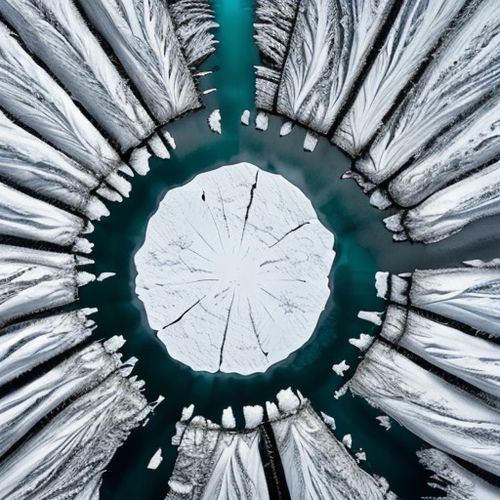
By Sophia Lewis/May 8, 2025
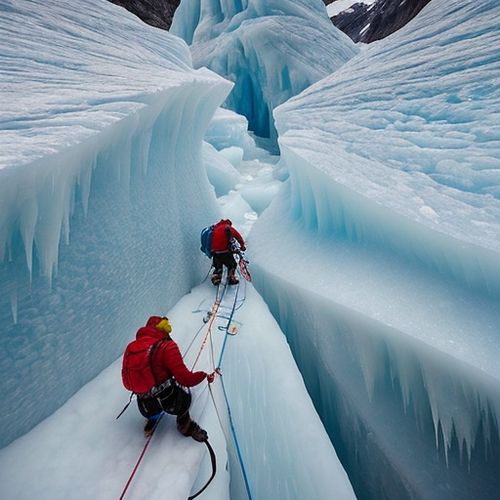
By Samuel Cooper/May 8, 2025
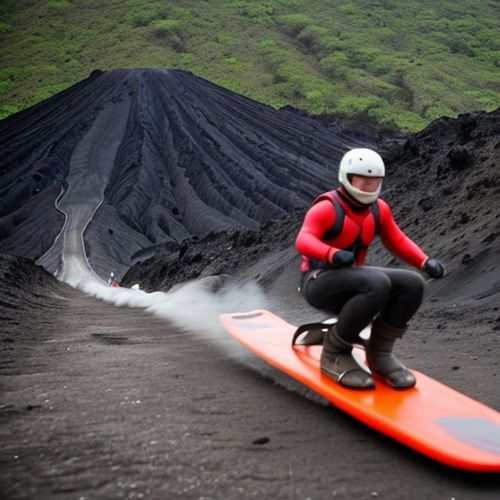
By William Miller/May 8, 2025
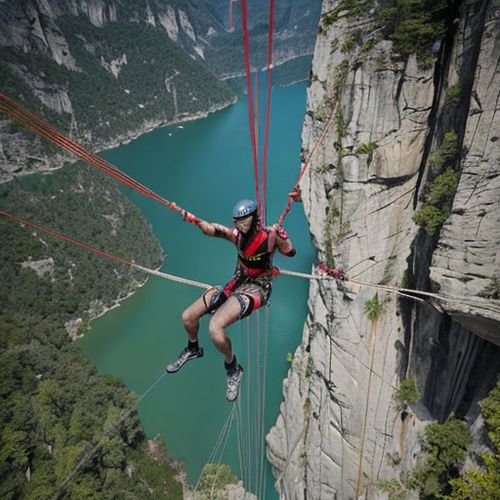
By Rebecca Stewart/May 8, 2025
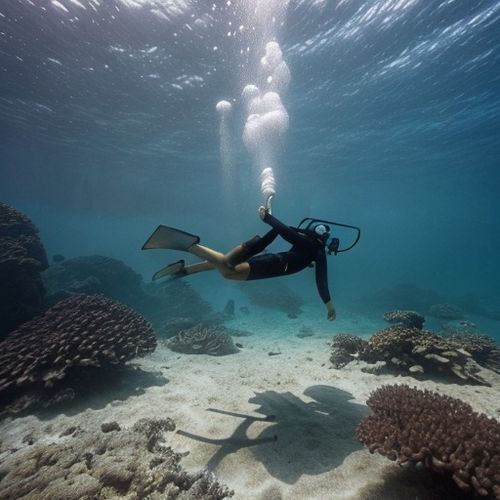
By Natalie Campbell/May 8, 2025

By Jessica Lee/May 8, 2025
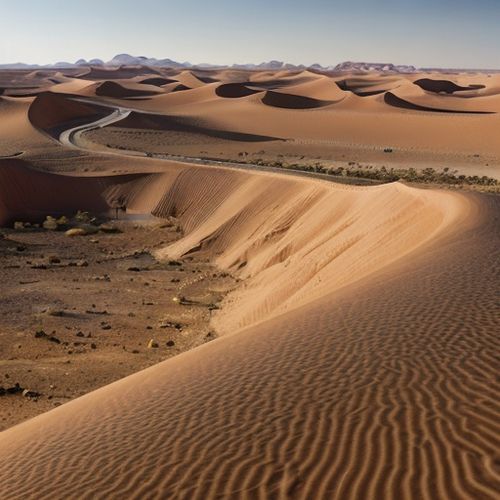
By Thomas Roberts/May 8, 2025
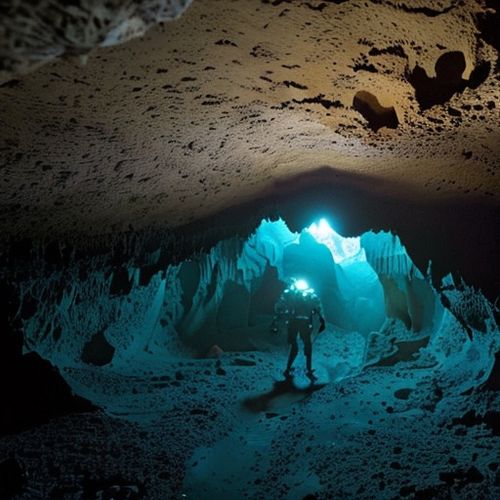
By Christopher Harris/May 8, 2025

By Christopher Harris/May 8, 2025
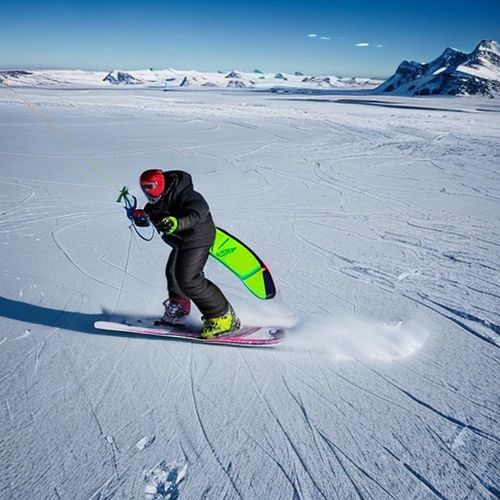
By Natalie Campbell/May 8, 2025
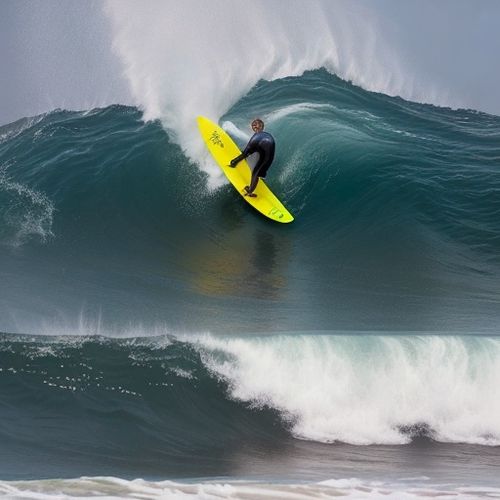
By Rebecca Stewart/May 8, 2025
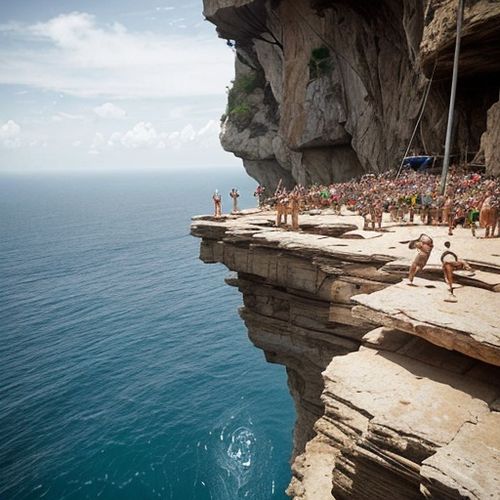
By Sophia Lewis/May 8, 2025

By Noah Bell/May 8, 2025
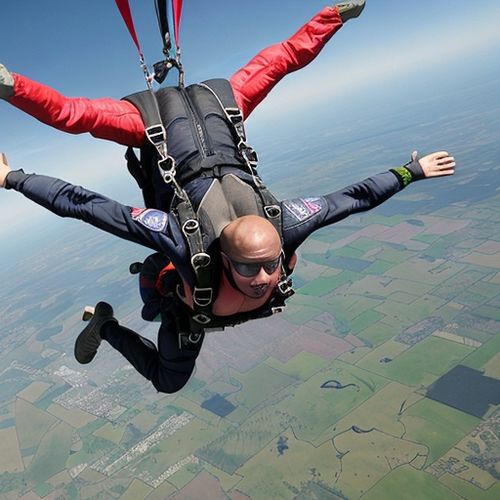
By Sophia Lewis/May 8, 2025

By Benjamin Evans/May 8, 2025

By Benjamin Evans/May 8, 2025

By Eric Ward/May 8, 2025

By Elizabeth Taylor/May 8, 2025

By Daniel Scott/May 8, 2025

By Eric Ward/May 8, 2025